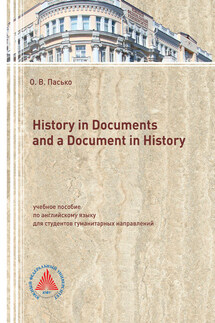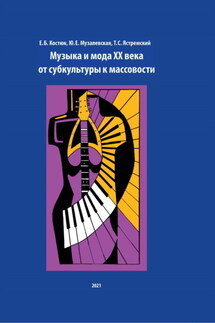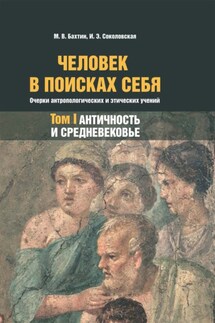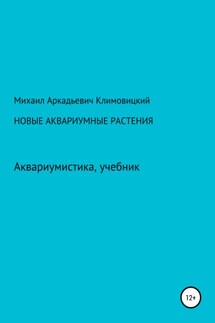History in Documents and a Document in History - страница 7
(Abridged from the original texts provided by Britannica Encyclopedia)
1. Answer the following questions:
1) What was ink made of?
2) What colour was ink?
3) What languages were documents written on?
4) What caused the vulgarization of Latin?
5) What documents were written in Latin?
6) In what countries was vernacular used?
2. Find the English equivalents for the following words:
средство / золотое тиснение / цвет, оттенок (3 слова) / заменить (2 слова) / выцвести / происхождение / весь / падение, крах / основание
3. Match the words on the left with their definitions on the right:
4. Make nouns from the following verbs:
5. Say what part of speech are the following words. Translate them into Russian. Make your own sentences with these words:
➢ generally _______________
➢ originally _______________
➢ occasionally _______________
➢ primarily ________________
➢ slowly ________________
➢ gradually ________________
➢ early ________________
Text 5
Read the text and do the tasks after it.
A correct assessment of the hand in which it was written is vital to ascertaining the provenance and authenticity of a document. Thus, the knowledge of paleography, different styles of ancient writing, is a skill essential to diplomatics. The broad basis of such knowledge begins with acquaintance with the general styles of writing current at particular times and places. This varied with the way the pen was held; whether the writing was cursive or had the letters formed separately; whether it was majuscule, all the letters being contained between a single pair of horizontal lines, or minuscule, with parts of the letters extending above and below the lines. There is a further distinction between what is called book hand and the business, or court, hand at one time used for documents.
In Europe the Roman capital letters were distinguished as rustic or square, uncial, and Roman majuscule and minuscule cursive. They influenced all subsequent writing in the West. The Roman curial style (from the Curia, or papal court), used in the papal chancery until the 12th century, was a derivation of late Roman minuscule cursive. After the disintegration of the Western Empire, the Merovingian Franks used a Roman provincial script for their documents. Distinctive forms developed elsewhere, in Visigothic Spain and in Ireland. The Irish script, a half uncial (uncials are rounded letters) and a minuscule script, spread to Anglo-Saxon England and thence to the European continent. Under the
Carolingian rulers, a particularly clear and attractive minuscule book hand (Caroline minuscule) was developed; modifications of this gradually became used in documents and eventually spread also to Italy, England, and Spain. A “Gothic,” more pointed form of script developed since the 11th century in northern France and soon spread all over Europe, so that writing became more spidery in appearance. In the early years of the Renaissance, Italian scholars such as Poggio (Poggio Bracciolini) and Niccolò Niccoli developed a minuscule based on the Carolingian, and variants of this style were used by the Venetian Aldus Manutius and other pioneers of printing.
(Abridged from the original texts provided by Britannica Encyclopedia)
Notes:
Curia – папская курия
the Carolingian rulers
Visigothic Spain
Gothic
the Venetian Aldus Manutius
1. Read the text and give the title to it.






